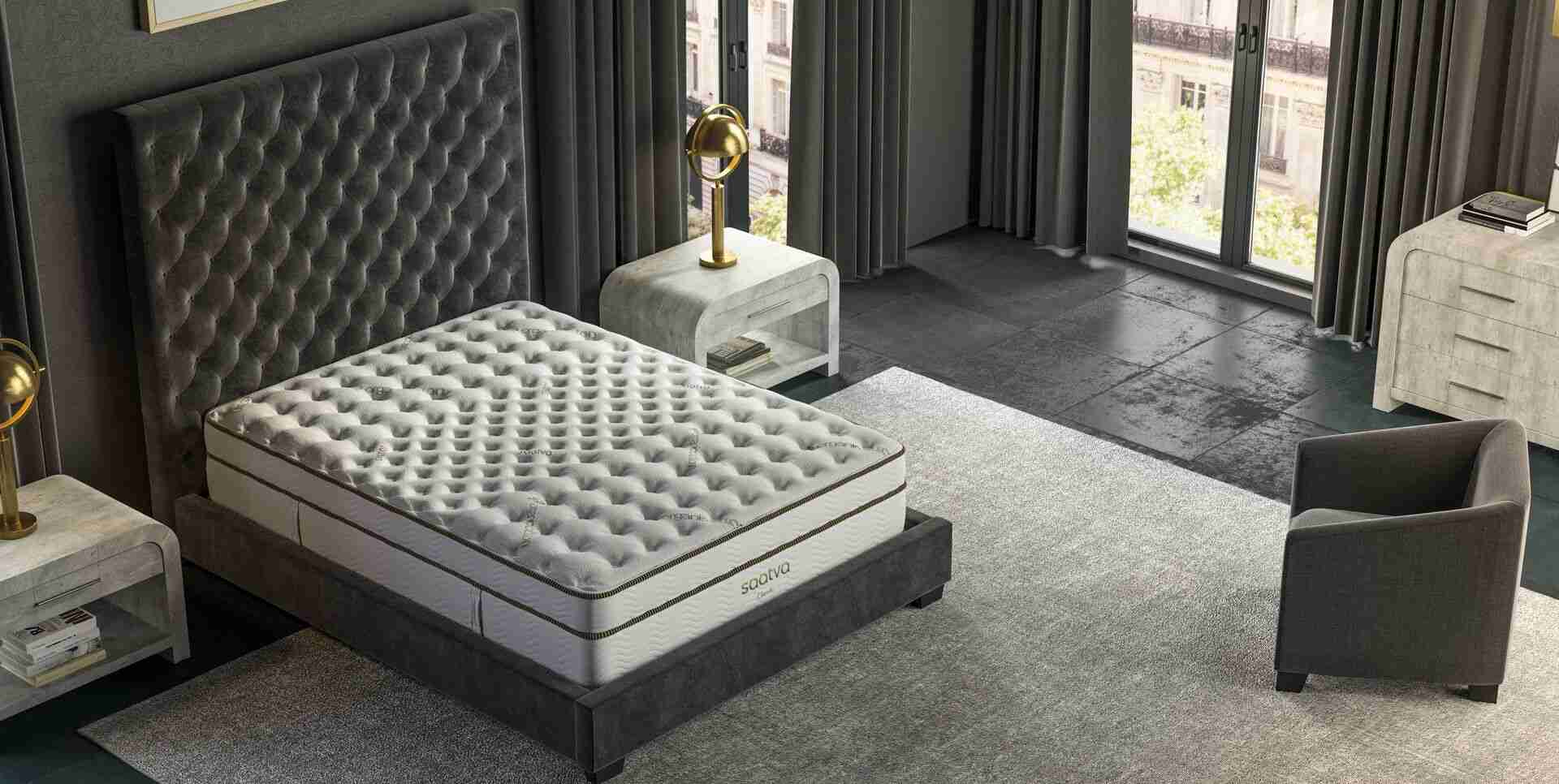Many experts consider back sleeping to be the healthiest sleep position.
“Sleeping on your back is generally considered the healthiest sleeping position because it minimizes the amount of stress being put onto your spine and pelvis,” explains Grant Radermacher, a licensed chiropractor and owner of Ascent Chiropractic in Brookfield, Wisconsin. “Back sleeping evenly distributes weight along the full length of the body, minimizes pressure points, and ensures good alignment of the head, neck, and spine.”
But like other sleep positions, it still has its pros and cons. Read on if you’re already a back sleeper and would like to improve your sleep—or if you’d like to train yourself to become a back sleeper.
What is a back sleeper?
“While they may change positions somewhat throughout the night, those categorized as ‘back sleepers’ spend the majority of their time spent sleeping on their back,” says Radermacher.
Types of back sleepers
There are a couple of different types of back-sleeping positions—and at times, they can give away aspects of your personality.
Soldier
“Someone who sleeps in the ‘soldier’ position sleeps on their back, arms straight down at their sides and legs extended, as though standing at attention,” Radermacher says. “The soldier position is generally associated with quiet, reserved personalities.”
Starfish
Just as the name implies, the starfish sleeping position is on your back but with your arms overhead and legs spread out like a starfish.
“Personality-wise, starfish sleepers tend to be more outgoing and make friends easily,” Radermacher observes. “If you have shoulder problems, it’s probably best to avoid this position as it tends to put pressure on the nerves, muscles, and ligaments in the shoulders.”
Benefits of back sleeping
There are some benefits of being a back sleeper. According to Radermacher, the top ones include:
- Sleeping on your back minimizes strain on the back and neck.
- Studies show sleeping on your back can help reduce gastric reflux symptoms (just be sure to elevate your upper body a bit to lessen symptoms).
- Back sleeping also prevents “sleep wrinkles” caused by the constant pressure put on your face by your pillow.
Drawbacks of back sleeping
According to Radermacher, there are some downsides to sleeping on your back:
- If you’re dealing with discogenic pain (pain caused by inflammation of the intervertebral discs), back sleeping can actually make your pain worse. This is because you’re flattening out the natural forward curve of your low back, increasing the pressure on your discs.
- Sleeping on your back can also exacerbate snoring as gravity forces your tongue to the back of your throat when you lie down on your back, restricting airflow. This also makes your back a less-than-ideal sleeping position for people who suffer from sleep apnea.
Additionally, if you’re wondering about sleeping on your back while pregnant, you should know experts prefer pregnant people to sleep on their sides with bent knees. This tends to be more comfortable than back sleeping and promotes healthy circulation as well.
Best sleep tips for back sleepers
If you want to make the most of your back sleeping each and every night, read on for Radermacher’s top tips.
- To really keep your spine and pelvis “neutral” while lying on your back, prop a pillow or foam wedge under your knees and lower buttocks. This promotes the normal curve of the lumbar spine and allows the muscles in the lower back to relax.
- Try to elevate your knees and upper legs two or three inches above your sleeping surface.
- As for your head, don’t be afraid to be picky about the pillow you sleep on. The wrong pillow can lead to headaches, neck pain, and shoulder pain.
- Rule of thumb: Your pillow shouldn’t be thicker than the distance from your neck to your shoulder at max. Back sleepers can cause problems in their cervical spine if their heads are propped up too far forward.
Best mattress for back sleepers
“In general, when it comes to mattresses, the firmer the better for back sleepers,” Radermacher says. “If your mattress is starting to sag (this happens more quickly for traditional memory foam mattresses), consider upgrading to a firm(er) mattress to rest your body on.”
Radermacher recommends hybrid mattresses to get the best of both memory foam and innerspring mattresses.
Best pillow for back sleepers
Radermacher says any medium-loft (height) pillow that keeps your head in a relatively neutral position while supporting your neck is a good back sleeper pillow choice.
“Shredded memory foam fill tends to keep its shape better than down or buckwheat,” he says. “And in general, back sleepers should aim for pillows on the firmer end of the pillow spectrum.”
If you suffer from neck pain, it may be worth trying a cervical contour or orthopedic pillow, Radermacher adds. Contour pillows have bolsters, or cylinder-shaped sections, that nestle into the natural forward curve of your neck for extra support.
FAQs
How should a back sleeper sleep?
Preferably with a pillow or foam wedge under your knees and lower buttocks, which promotes the normal curve of the lumbar spine and allows the muscles in the lower back to relax.
How do I train myself to sleep on my back?
If you’re wondering how to sleep on your back if that’s not your regular sleeping position, Radermacher offers some “training” tips:
- If you can, try to fall asleep on your back. But if you wake up in the middle of the night on your stomach, get in the habit of flipping back over. It might feel unnatural at first, but you’ll quickly get used to being on your back.
- Use a body pillow(s). Stomach and side sleepers often like the comfort of having the front or sides of their body in contact with the mattress. To transition to sleeping on your back, try using body pillows on either side of you. This will help you doze off comfortably while keeping you from rolling over.
Should a back sleeper use a pillow?
“In general, back sleepers shouldn’t try to go pillow-less,” Radermacher says. “Your neck needs at least some support if you’re lying in the same position for eight hours at a time.”
Where should your pillow be placed when you sleep on your back?
Radermacher says while sleeping on your back, position your pillow beneath your head and neck but not your shoulders. “Your shoulders should never be on your pillow,” he says. “Instead, tuck your pillow just above and around your shoulders.”
Shop mattresses and pillows for back sleepers at Saatva
Saatva offers a wide range of high-quality mattresses and pillows suited for back sleepers. All of our mattresses come with a 365-night home trial and lifetime warranty so you can try one out before deciding if it’s right for you.
Take our mattress quiz to find your perfect match.







